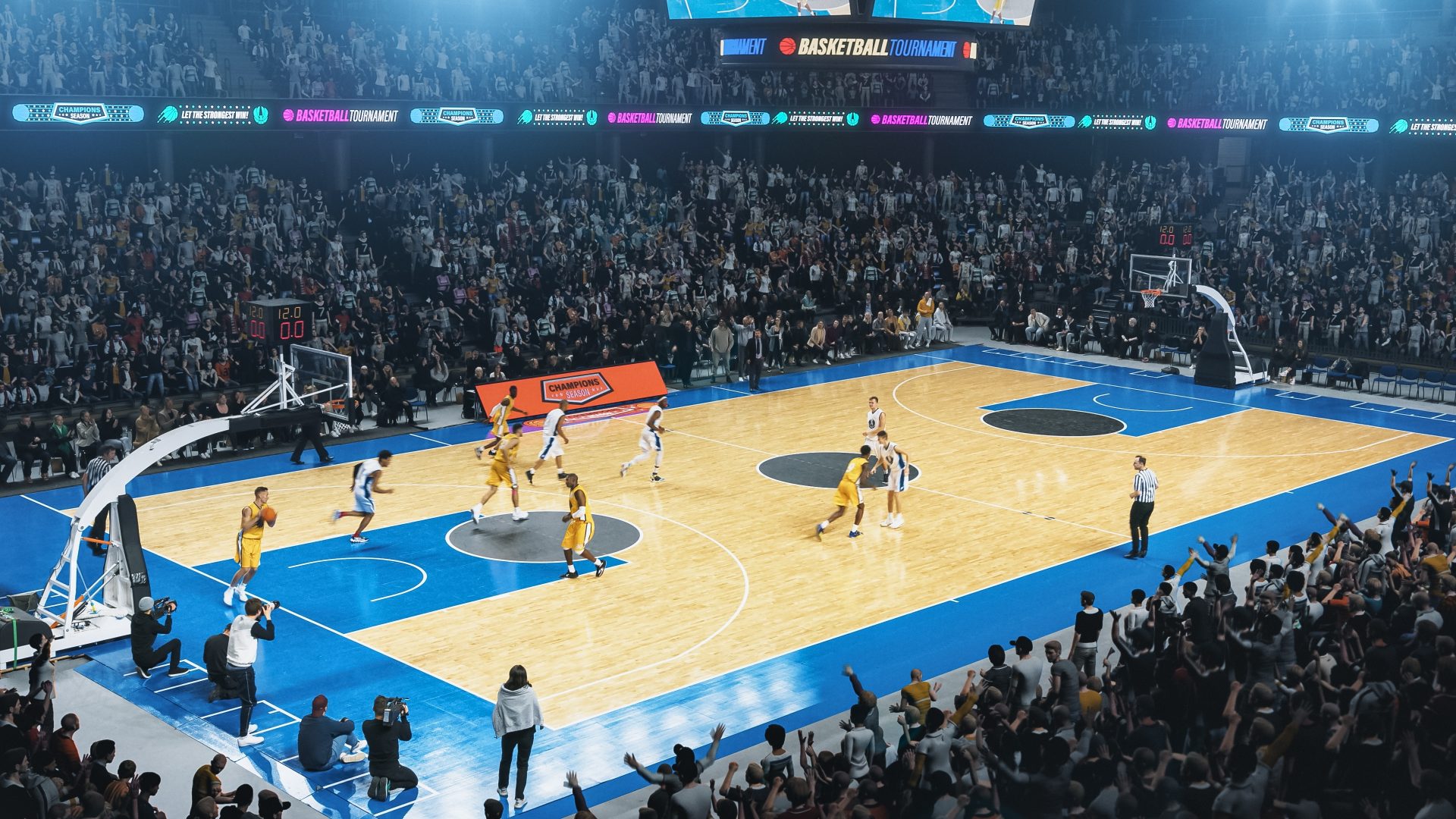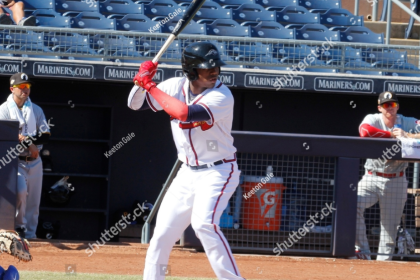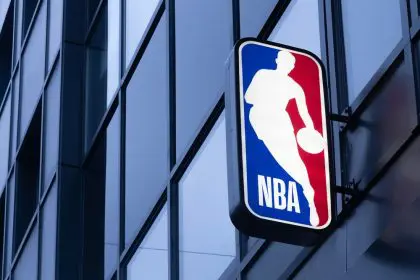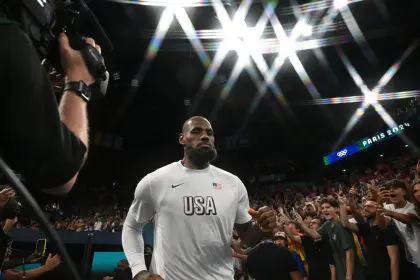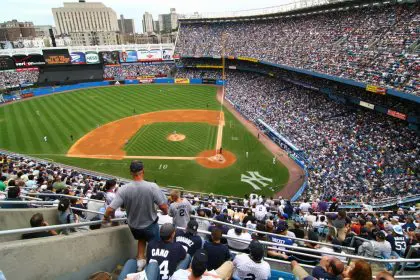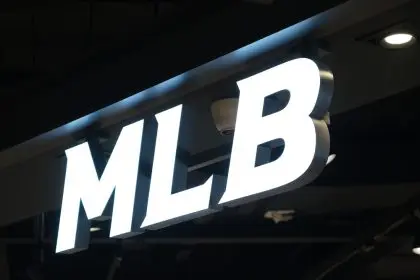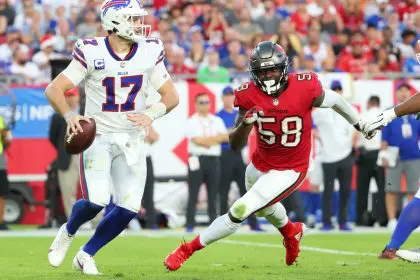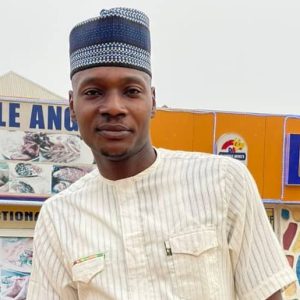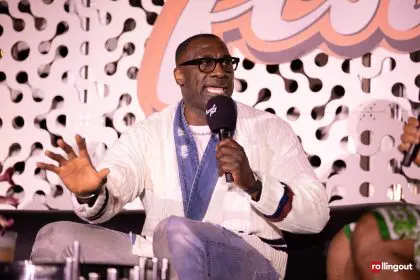Remember when college basketball felt like a stepping stone that elite prospects couldn’t wait to skip? Those days are officially over, and the shift has been more dramatic than watching your favorite streaming service suddenly become unwatchable after they raised their prices for the third time this year.
The numbers don’t lie, and they’re telling a fascinating story about how college hoops clawed its way back to the top of the NBA development food chain. We’re talking about a complete reversal of fortune that has international players flying halfway around the world to play in places like Provo, Utah, instead of staying in prestigious European leagues.
Egor Demin’s journey perfectly captures this seismic shift. Picture this: A talented 19-year-old guard from Moscow deciding to leave Real Madrid – one of Europe’s most prestigious basketball organizations – to play for BYU, a school he’d never even visited. That’s like turning down a guaranteed spot at a five-star restaurant to try a food truck you heard about on social media. Crazy? Maybe. But it’s working.
The numbers tell an incredible comeback story
Let’s break down what’s really happening here, because the statistics are absolutely mind-blowing. Between 2015 and 2022, college basketball was cruising along with an average of 12 players from the top 14 lottery picks. Nothing too crazy there – college was doing its job as the primary pipeline to the NBA.
But then something weird happened. The past two drafts combined featured only 17 college players in the entire lottery. That’s not a slight dip – that’s a cliff dive. International leagues, Overtime Elite, and the G League Ignite were suddenly eating college basketball’s lunch, and it looked like the traditional college route might become obsolete.
This year changes everything. ESPN projects 12 college basketball players will get picked in the lottery, which would tie for the second-most since 2015. That’s not just a recovery – it’s a complete resurrection of college basketball’s dominance in NBA development.
What makes this comeback even more impressive is the diversity of talent flowing through college programs. You’ve got Duke’s Cooper Flagg representing the classic one-and-done route, Colorado State’s Nique Clifford as a fifth-year senior proving experience matters, and BYU’s Demin showing how international players can thrive in the college environment.
NIL money changed the entire game
Here’s where things get really interesting: Name, Image, and Likeness deals didn’t just give college players some spending money – they completely revolutionized the entire development landscape. When programs started offering million-dollar packages to elite prospects, suddenly college basketball wasn’t just competing with international leagues; it was outbidding them.
Demin’s situation is the perfect example. BYU didn’t just offer him great coaching and development – they backed it up with a seven-figure NIL package that made the financial decision easy. When you can get paid like a professional while still experiencing March Madness and building your draft stock, why would you choose anything else?
The ripple effects have been enormous. The G League Ignite program? Gone. Overtime Elite? They’ve shifted focus to high school players because they can’t compete with college NIL deals. International teams are watching their best young prospects get poached by American universities offering better money and clearer paths to the NBA.
One NBA agent summed it up perfectly: Most kids would prefer to go to college and play in March Madness if all things are equal financially. Well, guess what? Things are now more than equal – college programs are often offering more money than alternative development paths.
Programs are becoming NBA laboratories
The real genius behind college basketball’s resurgence isn’t just the money – it’s how smart programs have completely transformed their operations to mirror professional franchises. BYU’s Kevin Young didn’t just hire a bunch of assistants; he created an entire ecosystem designed to prepare players for the NBA.
We’re talking about everything from nutrition programs and analytics staffs to workout regimens and film study sessions that replicate what players will experience in the pros. Young brought his brother on as general manager, hired multiple assistants with NBA or G League experience, and built a support system that gives players a legitimate head start on their professional careers.
Illinois has become another fascinating case study. Coach Brad Underwood has sent every type of prospect to the NBA – from international players like Kasparas Jakucionis to transfers like Terrence Shannon Jr. to homegrown talents like Ayo Dosunmu. The common thread? They all bought into a professional culture that prepared them for the next level.
The attention to detail has become incredible. Tennessee’s Rick Barnes talks about teaching players where to stand during timeouts because NBA scouts are watching their body language and engagement. That’s the kind of comprehensive development that alternative programs simply can’t match.
International players are choosing American campuses
Perhaps the most shocking development is how college basketball has become attractive to elite international prospects who previously would have stayed in European leagues. Jakucionis left FC Barcelona for Illinois. Demin abandoned Real Madrid for BYU. These aren’t small programs poaching unknown players – these are major European clubs losing their best young talents to American universities.
The adjustment period is real, though. Demin talked about adapting to American basketball’s physicality and pace, which is significantly different from the European style. But that’s exactly why college has become so valuable – it’s the perfect bridge between international basketball and the NBA.
Programs have also figured out ways to work around NIL complications for international players. While the rules are more complex for foreign students, creative athletic departments have found loopholes that allow them to offer competitive packages. When you combine that financial incentive with superior development resources and March Madness exposure, the choice becomes obvious.
Veterans are getting respect again
One of the most interesting aspects of college basketball’s resurgence is how NBA teams are rediscovering the value of experienced, mature players. During the height of the one-and-done era, being 22 years old as a draft prospect was considered ancient. Now it’s seen as an advantage.
The new collective bargaining agreement has created financial incentives for teams to draft older, more polished players who can contribute immediately rather than expensive young prospects who need years of development. Second-round picks can now be signed to deals that make them attractive options for teams looking to add depth without breaking the bank.
Darrion Williams from NC State represents this trend perfectly. He could have declared for the draft last year but chose to return to college for another season of development. His reasoning? He wanted to work with coaches who had NBA experience and could help him address specific weaknesses that scouts had identified.
The blue bloods are losing their monopoly
Here’s where the story gets really fascinating: The traditional powerhouse programs aren’t dominating this resurgence. Kansas, Kentucky, North Carolina, and UCLA might not have a single first-round pick for the first time since 2004. That’s absolutely stunning when you consider how these schools used to monopolize top-tier talent.
Instead, prospects are choosing programs based on fit, development resources, and coaching staff experience rather than brand recognition. Players want to know they’ll get playing time, work with coaches who understand the NBA, and have access to the same kind of training and analytics that professional teams use.
This shift has created opportunities for programs that might not have the traditional prestige but can offer superior development environments. BYU, Illinois, NC State, and other schools are landing elite prospects because they’ve invested in the infrastructure needed to prepare players for professional basketball.
Looking ahead at the new landscape
The transformation of college basketball into the premier NBA development option represents more than just a cyclical change – it’s a fundamental shift in how elite prospects approach their careers. When you can earn significant money, play in front of massive audiences, and receive professional-level training all while getting a college education, the value proposition becomes irresistible.
Programs that embrace this new reality and continue investing in NBA-level infrastructure will continue attracting the best talent. Those that try to operate the old way will find themselves left behind as prospects choose schools that offer comprehensive professional development rather than just traditional college experiences.
The G League and international alternatives will still exist, but they’ll be fighting for scraps rather than competing for the top prospects. College basketball has reclaimed its throne, and it’s not giving it up anytime soon. The combination of NIL money, professional-level development, and March Madness exposure has created a package that alternative paths simply can’t match.
For players like Demin, who took a massive gamble by leaving Real Madrid for BYU, the payoff has been everything he hoped for and more. His journey from Moscow to Provo to potentially the NBA lottery represents the new reality of basketball development – one where college campuses have become the most attractive destinations for prospects with professional dreams.

